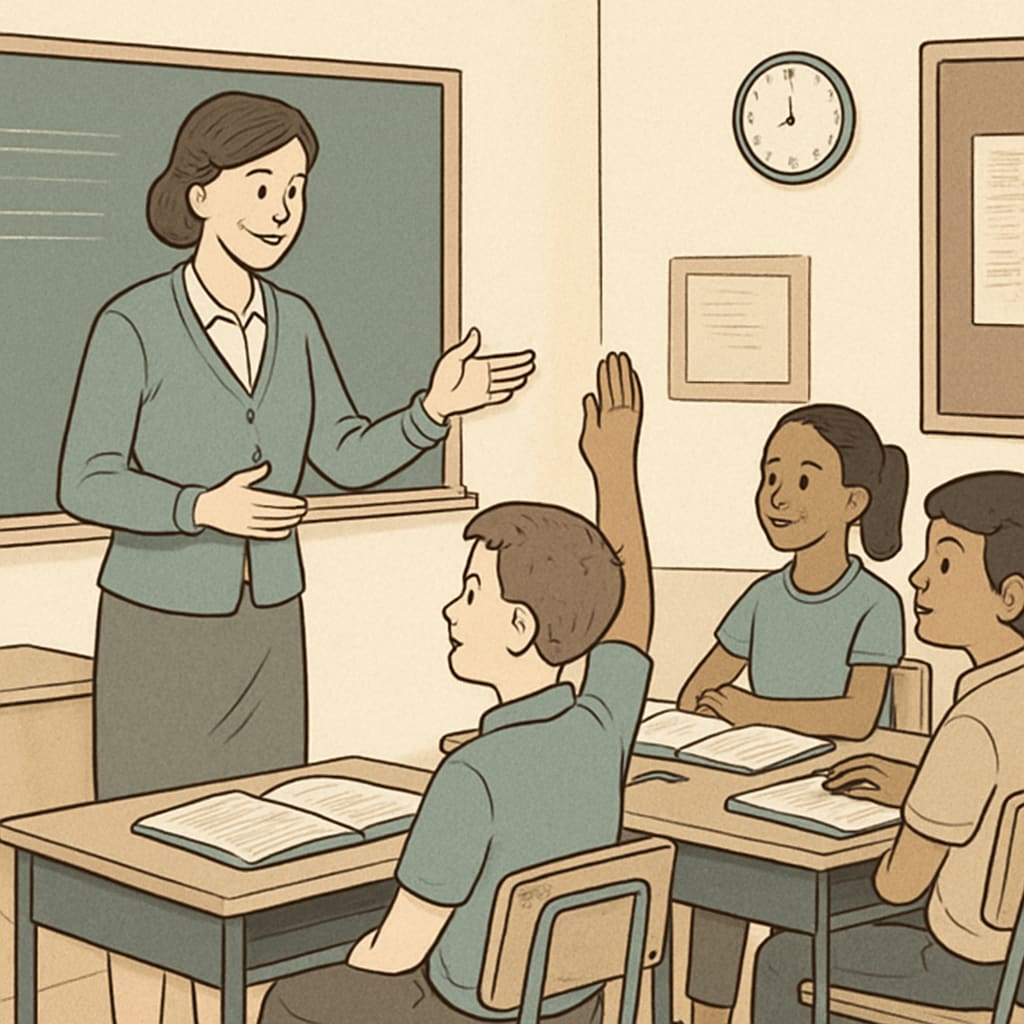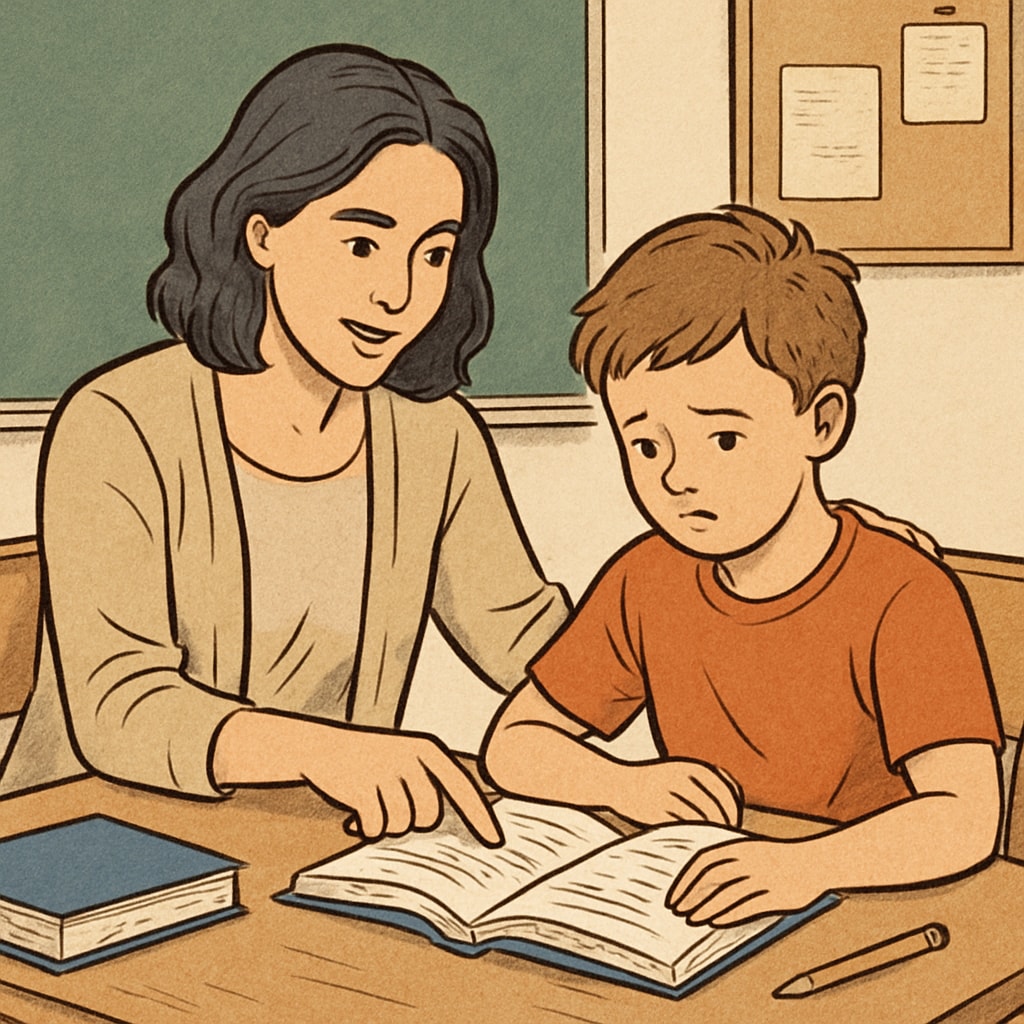In K12 education, the balance between strict teaching methods and emotional care poses a significant ethical challenge. The film Whiplash vividly portrays this conflict through the story of an aspiring drummer pushed to his limits by an overbearing mentor. While such extreme methods can drive students toward excellence, they also risk compromising their mental health and well-being. This raises a critical question: How can educators achieve a balance that fosters both achievement and emotional safety?
The Drive for Excellence: Lessons from “Whiplash”
The film Whiplash offers a dramatic representation of relentless teaching methods. The protagonist’s teacher employs harsh criticism, psychological pressure, and even humiliation to extract peak performance. While these tactics lead to remarkable results, they also leave lasting emotional scars. This depiction mirrors real-life dilemmas faced by educators, especially those in K12 environments, where developmental needs are as important as academic goals.
Extreme approaches may uncover hidden potential, but they can also create toxic learning environments. As a result, educators must consider whether the ends justify the means. Is pushing students to their limits worth the risk of mental harm?

Balancing Strictness with Emotional Care
Educational methods vary widely, from rigid discipline to nurturing support. Research suggests that while a structured approach can improve focus and discipline, excessive strictness may lead to anxiety, burnout, and disengagement. On the other hand, overly lenient methods may fail to challenge students, leaving them unprepared for future challenges.
To strike the right balance, educators can adopt strategies such as:
- Setting clear but achievable expectations to motivate students.
- Providing constructive feedback rather than harsh criticism.
- Recognizing individual learning styles and adapting teaching methods accordingly.
- Promoting emotional intelligence alongside academic skills.
- Encouraging collaboration and peer support to reduce stress.
These approaches help create an environment that values both achievement and well-being, ensuring students reach their potential without compromising their mental health.

Ethical Considerations in Education
The ethical dilemmas in K12 education often revolve around the question of “how far is too far?” Educators are entrusted with the dual responsibility of preparing students for success and safeguarding their emotional and psychological development. Striking this balance requires ethical reflection and adaptability.
For example, educators can consider the following ethical principles:
- Respect for the student as an individual, recognizing their unique needs and capacities.
- Transparency in teaching practices to ensure students understand the purpose behind strict methods.
- Accountability for the emotional impact of their teaching choices.
- Collaboration with parents and counselors to address students’ challenges holistically.
By adhering to these principles, educators can navigate the complexities of modern teaching methods while maintaining their commitment to student welfare.
As a result, education becomes not just a pursuit of excellence but a platform for growth, resilience, and self-discovery.
Conclusion: Finding the Middle Ground
Balancing strict teaching methods with emotional care is no easy task, but it is essential for ethical and effective education. The lessons from Whiplash remind us of the fine line between pushing students toward greatness and respecting their developmental needs. Ultimately, educators must strive to inspire students while preserving their health and well-being—an endeavor that requires constant reflection, empathy, and adaptability.
In K12 education, this balance ensures that students not only achieve their full potential but also develop the emotional resilience needed to thrive in life. By prioritizing both excellence and care, educators can create a learning environment that empowers students to succeed while protecting their mental health.
Readability guidance: This article employs short paragraphs with clear transitions, lists summarizing key points, and limited use of passive voice to ensure accessibility. Images were chosen to complement the discussion on strictness and emotional care in education.


